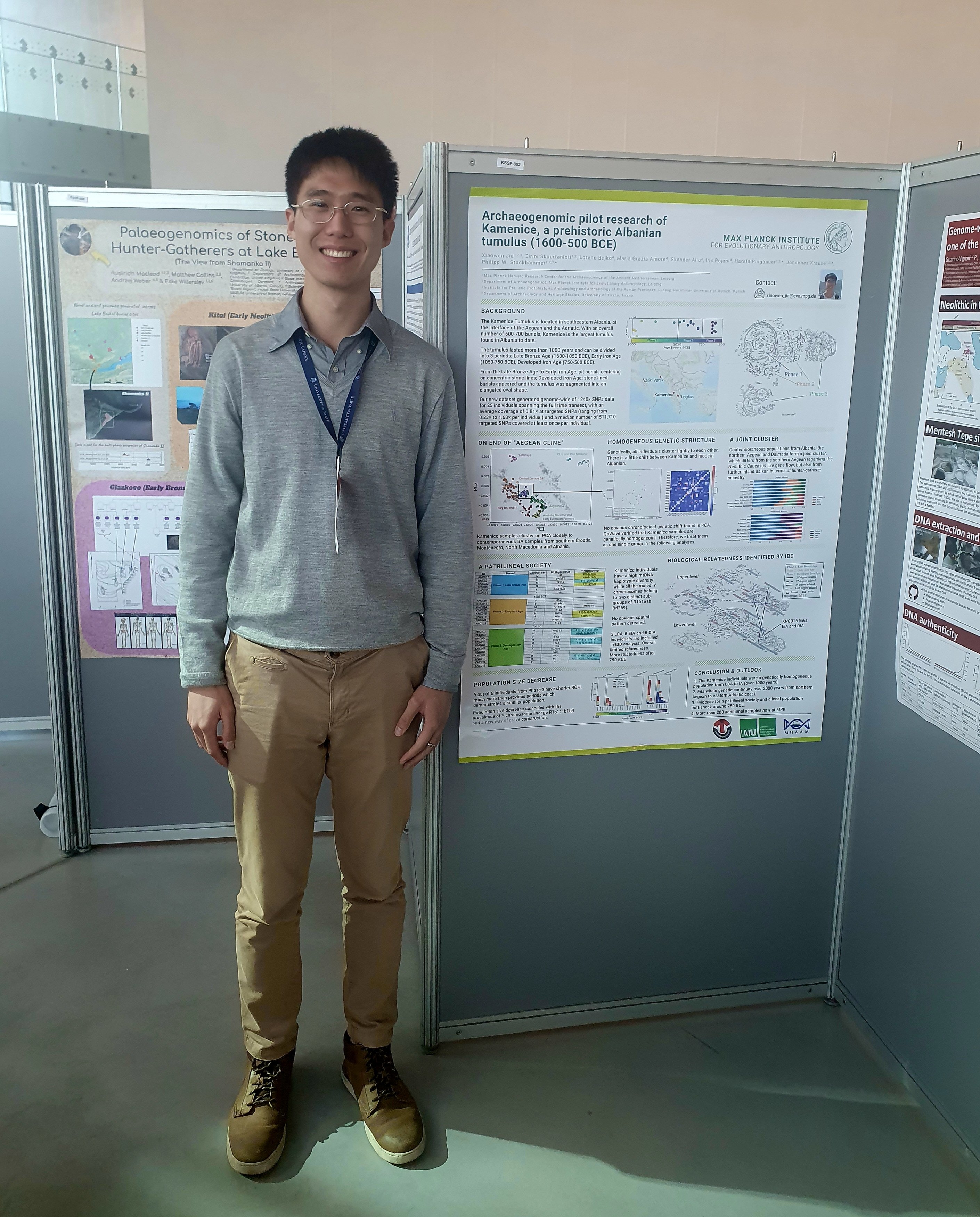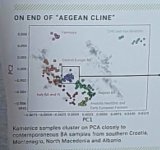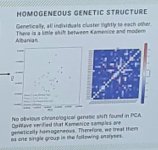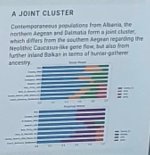I explained it to you previously, R-Z2103 in Kamenica are ultimately R-BY250, not even 0.5% in modern Albanians, go to rrenjet statistics page and grab a calculator, there is about 10 or so such clades in modern Albanians. We are talking about 0.2%, here, LOL. I get the impression in your dumbed down understanding all R1b is Illyrian, Epirotian, Macedonian, gorillian, emperor, uga booga. Maybe Ireland is Illyrian too, because R1b is R1b.
The other R1b clade in Kamenica is R-PF7563, and it is ultimately Phrygian. The Kamenica clades will represent about 1-2% of modern Albanians, there is another Phrygian cluster in Mati-Dibra region, they too are part of the BA layer of Albania and represent another 1-2%. The remaining R-PF7563 according to rrenjet are from the east. And they are remnants of Bubanj-Hum EBA culture, they ended up with Paeonians on the Serbian-Bulgarian-Macedonian border region and actually came with the early Albanians into Albania.
You should read what the rrenjet representive wrote about R-PF7563 in Kamenica, they think it belongs to this Italian branch:

www.yfull.com
This supports what I said, Messapi came from south Albania, and has nothing to do with Japodian/Japanese Illyrians. IE they were expelled from south Albania, a good portion of them left forever.
Phrygians are R-PF7563 dominated, this will be verified when we get samples from western Greek Macedonia and parts of Greek Epirus. Macedonians and Epirots, the real ones, will be J2a and G2a, with some R-PF7563, some branches might even be unique to them and some just assimilated Bryges.
Illyrians are J2b-L283 with the exception of R-BY250 which became Illyrian during MBA(culture Vatin-variant, west Serbia, eastern Bosnia).
Albanian R-BY611 all fall under R-Y23373, which will be found among Paeonians, especially Struma river valley. They decent from Brnjica culture who should be R-BY611, who descend from Vatin culture. Vatin must have head more than one branch of R-Z2103, the one that joined Illyrians is R-BY250. I am sure all this is very confusing to you.







